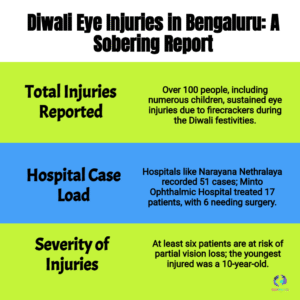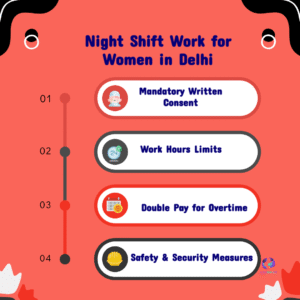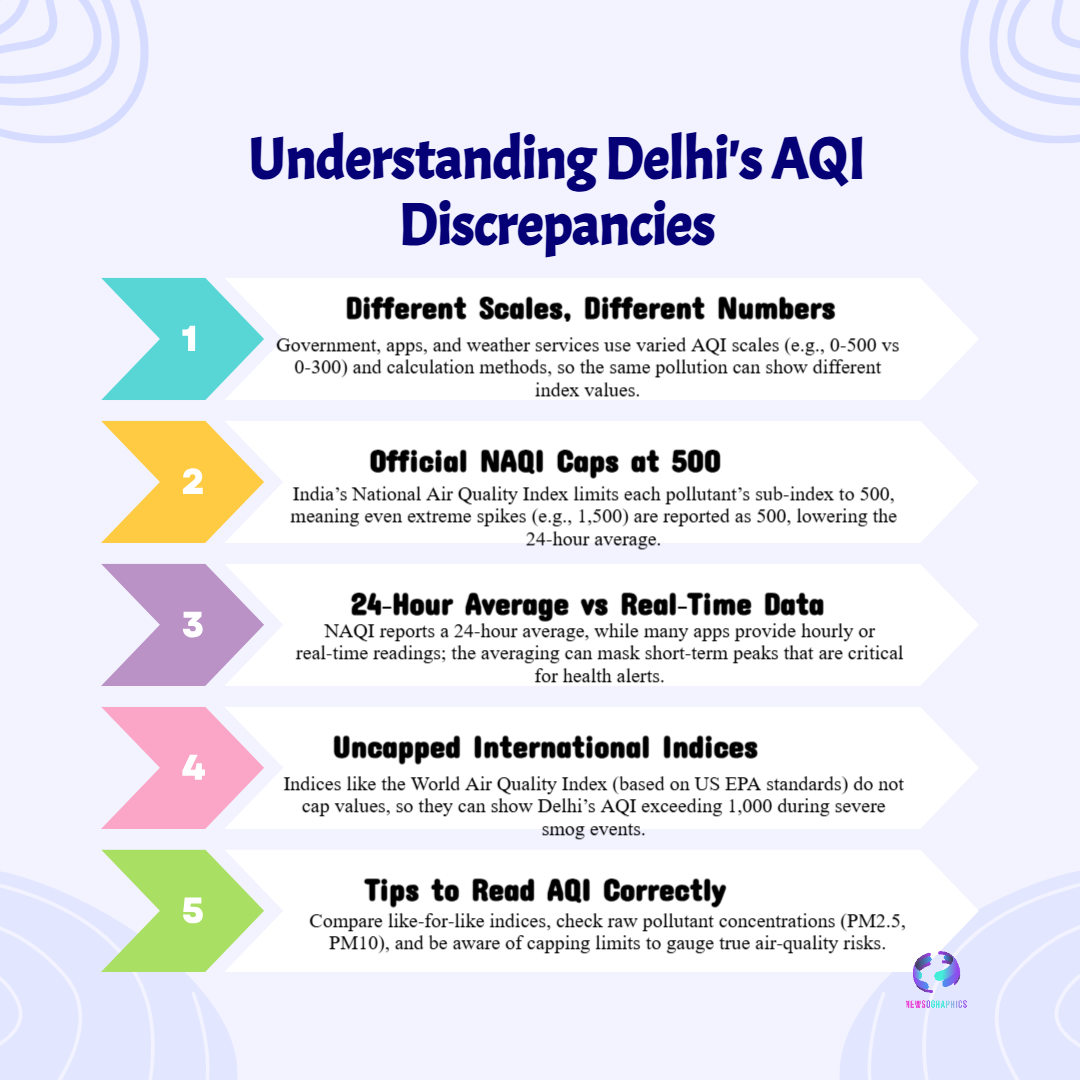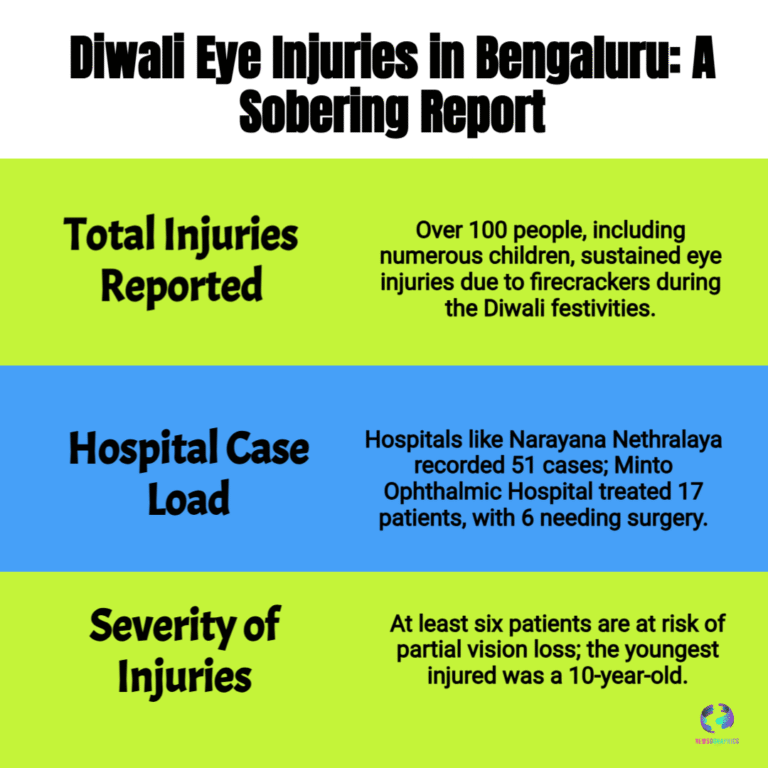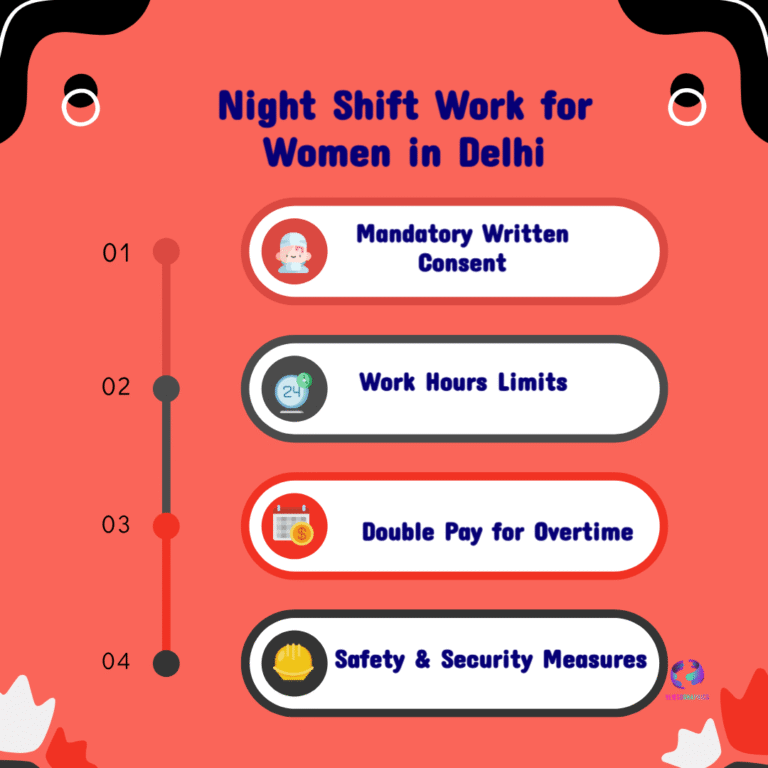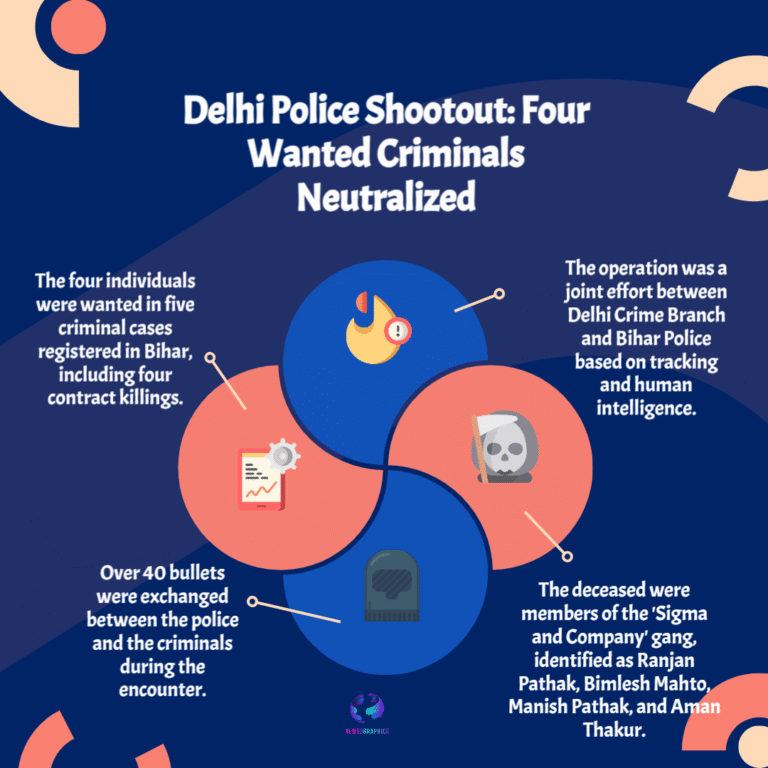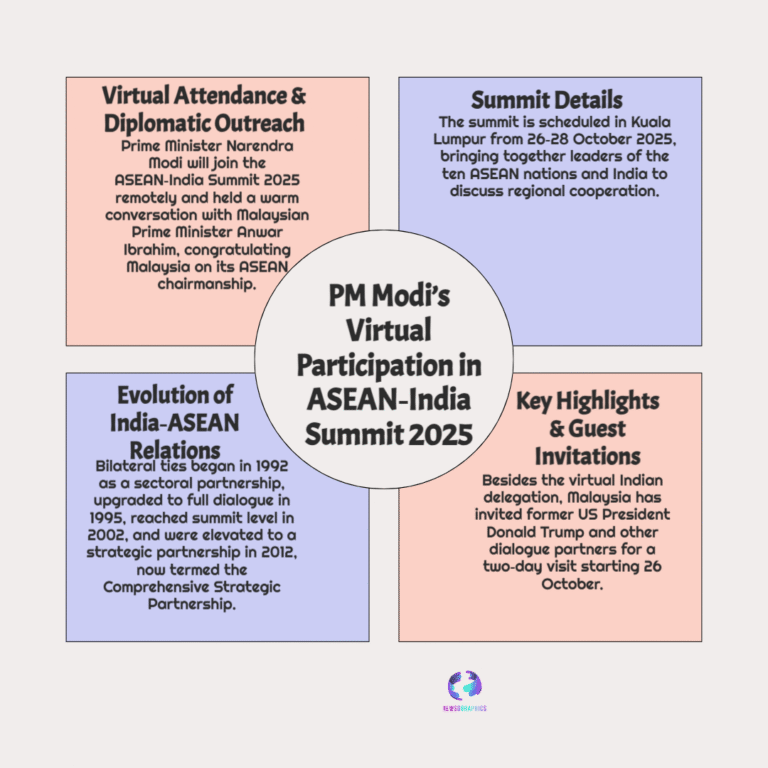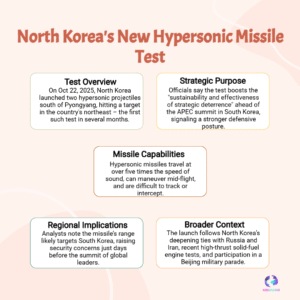Delhi’s AQI readings vary by app and agency because of different scales, hourly vs 24-hour averaging and capping at 500. Here’s a plain-English guide for residents.
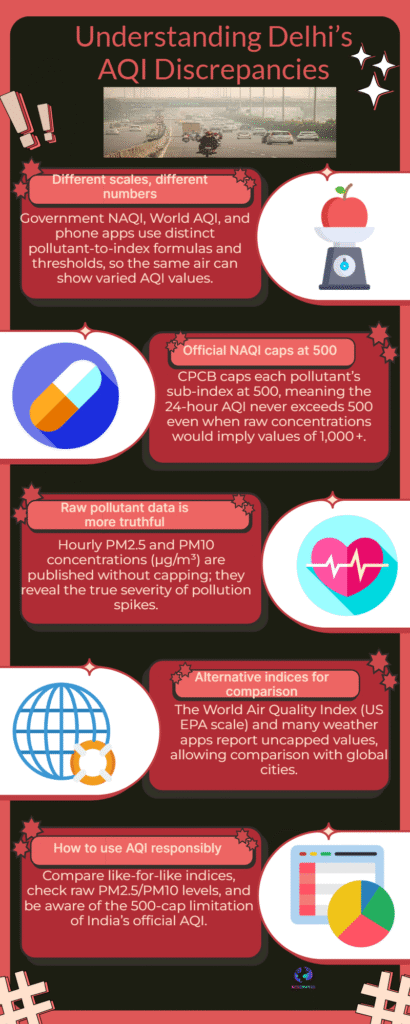
Many Delhi residents saw conflicting air-quality numbers on Diwali night: your weather app might show an AQI above 1,000 while an official government feed stayed at or below 500. The mismatch is not a bug — it comes from different measurement methods, averaging windows and index caps used by government and independent trackers.
India’s official NAQI (Central Pollution Control Board) publishes a 24-hour average for each monitoring station, and its system caps sub-indices at 500, so extreme short-lived spikes are muted in the daily figure. That means a severe early-morning spike followed by cleaner air later can still show an officially “very poor” or lower 24-hour value even when momentary readings were dangerously higher.
Third-party indices and many phone apps use hourly concentrations or follow other international scales (for example, the WAQI/US EPA-based system) that do not cap values. Those feeds will therefore display much higher peak numbers — sometimes 1,000 or more — which better reflect short, intense pollution episodes.
For readers asking “which number should I trust?” — use both: rely on hourly pollutant concentrations (PM2.5/PM10) for immediate health decisions (outdoor activity, masking, air purifiers) and consult the official 24-hour NAQI for regulatory context and policy updates. When hourly CPCB station data are missing or delayed — as happened at some sites during the Diwali night — cross-check with recognised alternative sources and local monitoring networks.

